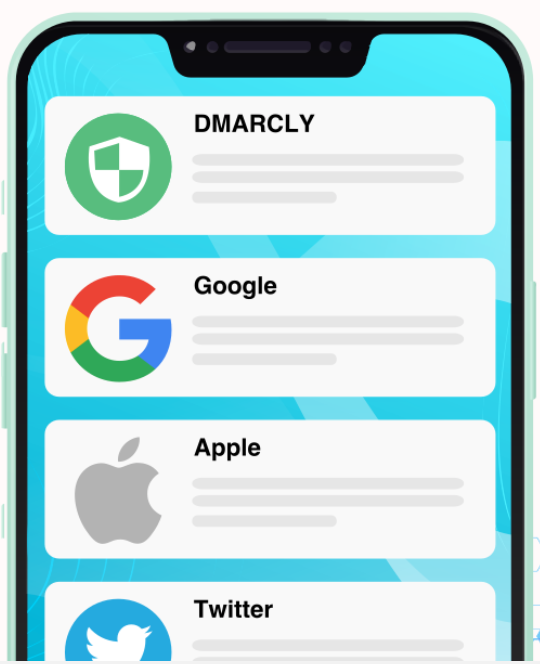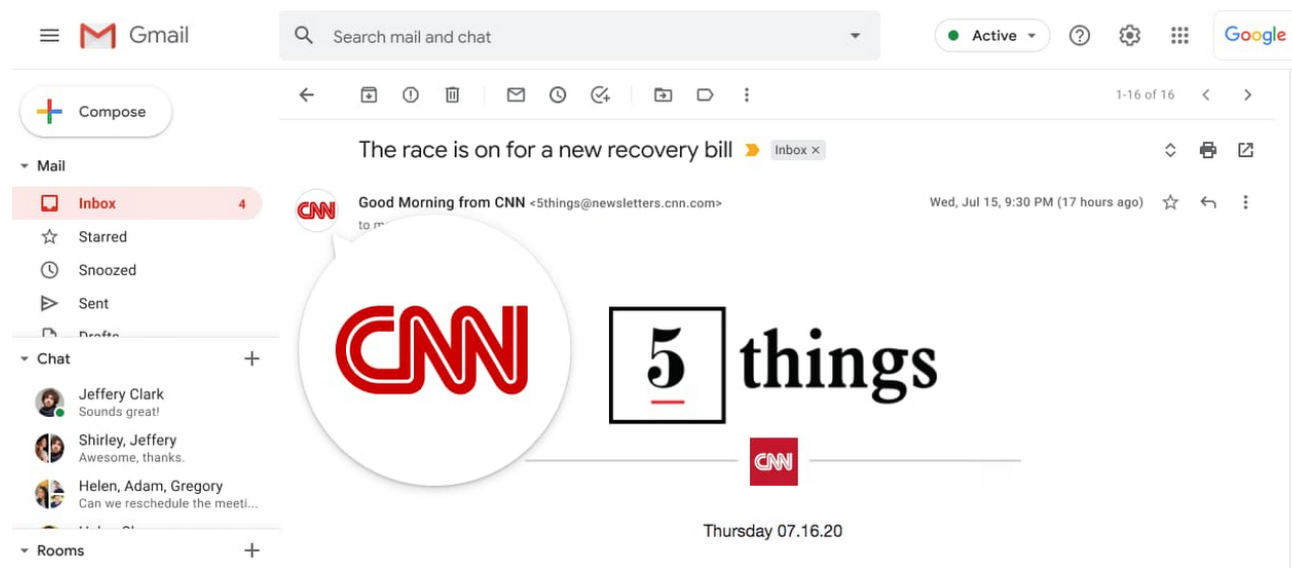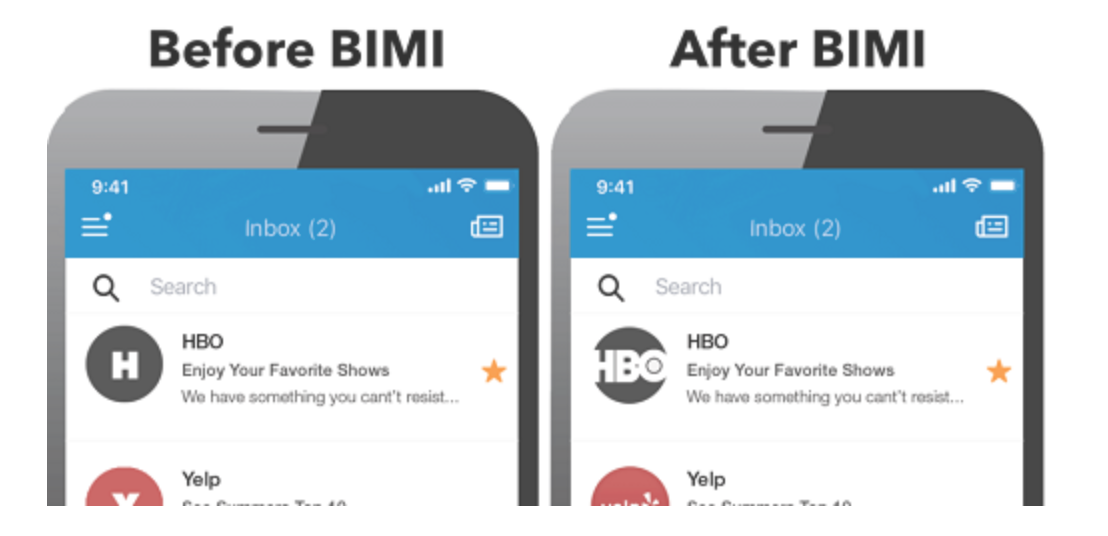BIMI Technology in Email
How to Use Brand Indicators for Message Identification in Email Newsletters.

Deliverability and openability are two key metrics of email marketing. Therefore, we are constantly looking for a magic tool that will provide a 100% Delivery Rate and draw the attention of each recipient to the email.
The bad news is that there is no such magic wand. Many factors affect the deliverability and openability: the reputation of the domain, the settings of digital signatures, the subject of the letter, annotations in Gmail, and the involvement of subscribers, to name a few.
But there is also good news. Recently, a new technology has appeared that can help improve the performance of your mailing. These are brand indicators for identifying messages, known as BIMI.
What is BIMI?
BIMI (Brand Indicators for Message Identification) is a means of identifying the sender, thanks to which the brand logo is added to the newsletter.
On mobile devices, the logo is shown in the inbox list:

On the desktop, it’s located in the upper-left corner of the message:

BIMI is a text file that is located on the sending server in a format similar to other records including SPF, DKIM, and DMARC. As soon as the user receives an email, the email provider finds a BIMI file to check the message. After authentication, the BIMI file points the recipient's mailer to the brand logo and displays it in the inbox.
Thanks to BIMI, the mail service will have an additional hint for the correct identification of the sender in order to protect users from phishing and spam. If the identification is successful, the email is more likely to get into the client's inbox. And the recipient, seeing a familiar logo, will treat the letter with greater confidence.
History of BIMI Implementation
The first formalized specification for BIMI was published in February 2019. After that, its creators formed a working group of AuthIndicators to refine and promote the technology. Over the past couple of years, Google, LinkedIn, Fastmail, Verizon Media, Validity, Mailchimp, and SendGrid have joined this group.
Now, the following mail services support the authentication of BIMI emails:
- Gmail
- Yahoo Mail
- Verizon Media (including AOL and Netscape)
- Fastmail
Before the introduction of BIMI, some email clients already added the logo of the sender brand in emails, but companies could not control which image would be selected for this. It could differ depending on many factors, such as the mail service, the mail client, the device used, etc. Some mail clients took the logo from the site, others from social networks (especially on mobile devices). This caused an inconsistent user experience and a distorted perception of the brand.
With BIMI, you get direct control over the displayed logo, which allows you to maintain the integrity of the brand and increase trust in it.
and test them on dozens of different devises and mail apps START NOW


How to Add the BIMI Logo to the Domain's Electronic Signature
Prerequisites for the implementation of BIM: SPF, DKIM, and DMARC signatures are configured.
A strict DMARC policy is enabled (p=quarantine or p=reject).
Prepare your BIMI logo. This must be an image in the .svg format, placed in public access via the HTTPS protocol (a separate page with a logo). Remember that your subscribers will see it very small, so you should not add small details, slogans, etc.
Logo Certification (VMC). Verified Mark Certificate is a digital certificate confirming the authenticity of the logo used by the sending domain. VMC is similar to SSL certificates used for websites.
Although its presence is not currently a mandatory requirement for BIMI, the AuthIndicators working group expects that VMC will become necessary in the relatively near future.
If you want to get a VMC, first register a trademark. Then you will need to contact one of the organizations for the verification of marks (Mark Verifying Authority, TVA) and get a certificate.
Add a BIMI record to the DNS of your domain. Here’s an example of an entry:
yourdomain.com IN TXT "v=BIMI1; l=https://yourdomain.com/logo.svg; a=https://yourdomain.com/vmc.pem"This entry informs the mailers that the sending domain published the logo in .svg format at the location specified by the l attribute and was certified, the certificate is located at the location specified by the attribute. If you create a record without a certificate reference, its format should be as follows:
yourdomain.com IN TXT "v=BIMI1; l=https://yourdomain.com/logo.svg"Also, you can use the BIMI generator to avoid creating a record manually. On the same page, you can check the correctness of all the settings and even see how the BIMI logo will be displayed in dark mode.

Update your DNS record. If all the settings are correct, mailings from your domain will now be displayed with the logo specified in the BIMI DNS record.

